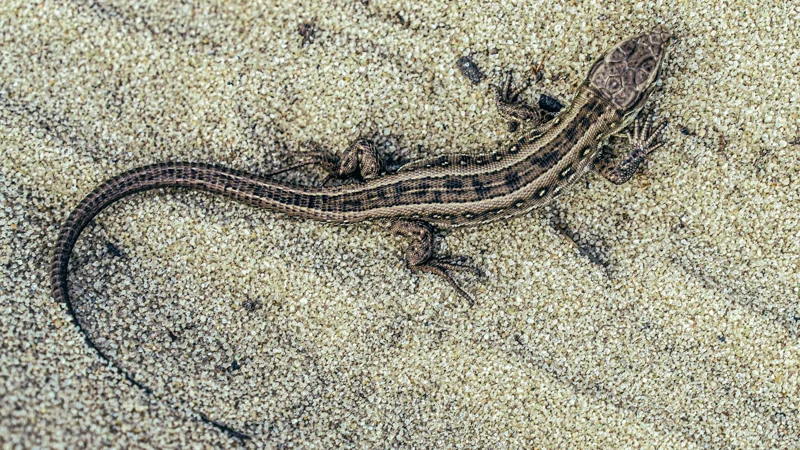What lizards, worms, and fish can teach us about healing human body
Studying worms, zebrafish, and lizards is helping researchers develop new strategies for tissue regeneration in humans. Scientists are now working to apply insights from these animals to human cells - a topic that took center stage at the recent International Society for Stem Cell Research conference in Hong Kong, Kazinform News Agency correspondent reports, citing Nature.

Thanks to advances in genomics and single-cell imaging, researchers can now translate knowledge from these regenerative species to human biology more effectively than ever before.
Spinal cord repair
Zebrafish have the remarkable ability to recover from paralysis and regain normal movement within just eight weeks of spinal cord injury. According to Mayssa Mokalled, a tissue regeneration specialist at Washington University in St. Louis, her team has identified a population of cells critical to this recovery. These cells resemble human fetal astrocytes, a type of cell that forms a protective barrier after injury but can also inhibit neural regeneration.
Limb regeneration
Albert Almada, a stem-cell biologist at the University of Southern California in Los Angeles, is studying green anole lizards, the closest living relatives to humans capable of regenerating entire appendages. Lizards and humans share a greater number of genes and molecular mechanisms, making the findings potentially more translatable to human biology.
The lizard’s muscle stem cells can generate muscle tissue from scratch - a capacity that similar cells in mice and humans lack. Almada hopes to harness this ability to develop new treatments for muscle-wasting diseases and to promote wound healing in people.
Secrets of rejuvenation
Florian Raible, a biologist at the University of Vienna, is researching another extraordinary species: the marine bristle worm Platynereis dumerilii. In its youth, this worm can regenerate lost body parts, including components of its nervous system, but loses this ability with age due to hormonal changes.
What makes Platynereis particularly valuable as a model is the similarity of its nervous system to that of vertebrates. In laboratory experiments, Raible’s team amputated part of the worm’s body and observed that cells near the injury transformed into stem cells and began rebuilding the body, including neural tissue.
This regeneration process is accompanied by the expression of the worm’s version of Yamanaka factors - molecules used in labs to reprogram adult human cells into an embryonic-like state. The findings raise the possibility that a similar natural pathway could exist in humans for reestablishing stem cells from adult tissue.
Earlier, Kazinform News Agency reported that an American scientist has made a significant breakthrough in understanding how axolotls, Mexican salamanders famous for their regenerative abilities, regrow limbs and organs.
